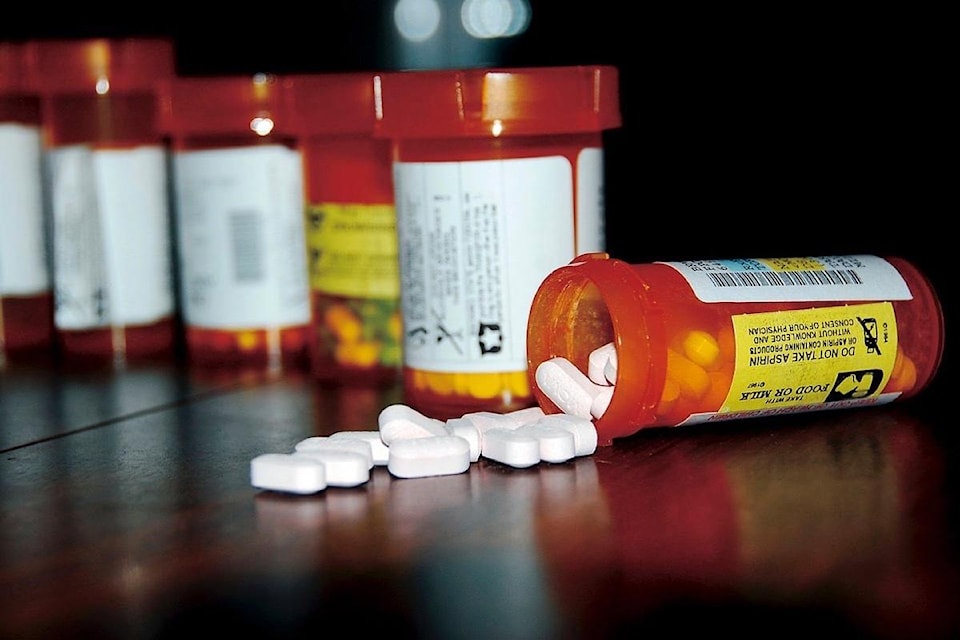A recently released report on generic drug pricing shows Canada continues to pay among the highest prices among developed countries.
The report, Generics360, was published by the Patented Medicine Prices Review Board (PMPRB) last week. It found that Canadians have the third highest rate of generic drug usage among countries that are part of the Organization for Economic Co-operation and Development (OECD).
It also found that Canada is the second highest per capita spender on generic drugs in the OECD.
Using the latest available figures from 2016, the report showed sales in Canada at $5.5 billion and that generic drugs made up 74 per cent of the overall pharmaceutical market in the country, behind only the U.S. and Germany in usage. Canadians spent around $165 per capita on generic drugs that year, with only the U.S. spending more.
Marie-Eve St-Hilaire, PMPRB communications manager, explained that while the price in Canada is higher than other countries, the gap is closing.
“In 2010, the average price (in the top seven OECD) was 40 per cent less than Canada. That decreased to 11 per cent in 2016,” she said.
“Various factors result in these differences, including price changes in Canada and in foreign markets plus changes in currency exchange rates.”
An example of those changes in the past four years shows the gap between generic prices decreased by 22 per cent mostly due to a decline in the Canadian prices.
That downward trend is something St-Hilaire stated is because of policy changes that took place in 2010.
Back then, provincial and national prices for generics were slashed from 63 to 33 per cent of the brand name drug. That was followed by a further reduction of six commonly used generics from 18 to 15 per cent.
That was then further enhanced by the agreement last month that will see 70 of the most common generics cut between 25 and 40 per cent by this April — which will result in overall discounts amounting up to 90 per cent of the brand name price.
St-Hilaire noted the PMPRB will continue to monitor the market, but expects the further price drops — and Canada’s position among OECD countries — will depend mostly upon any movements among currency rates with slight adjustments anticipated in foreign drug prices.
The report points out that generic sales and usage are not expected to fall, which means higher cost implications of this country’s higher prices on its top selling generics, a figure estimated at about $500 million for public health care plans with the national level cost anticipated to be far higher.
St-Hilaire noted the new pricing agreement between the pan-Canadian Pharmaceutical Alliance (pCPA) and the Canadian Generic Pharmaceutical Association (CGPA) is estimated to save up to $385 million in the first year alone, with overall savings of up to $3 billion over the next five years. While private insurers and people paying out of pocket will see some savings, the majority of the money will be saved by the federal and provincial governments through a combination of price reductions and the launch of new generic drugs.
“While these have the potential to result in a better alignment between the Canadian and international price levels, it is unknown what Canada’s relative position in terms of prices will be once these are implemented,” she added.
